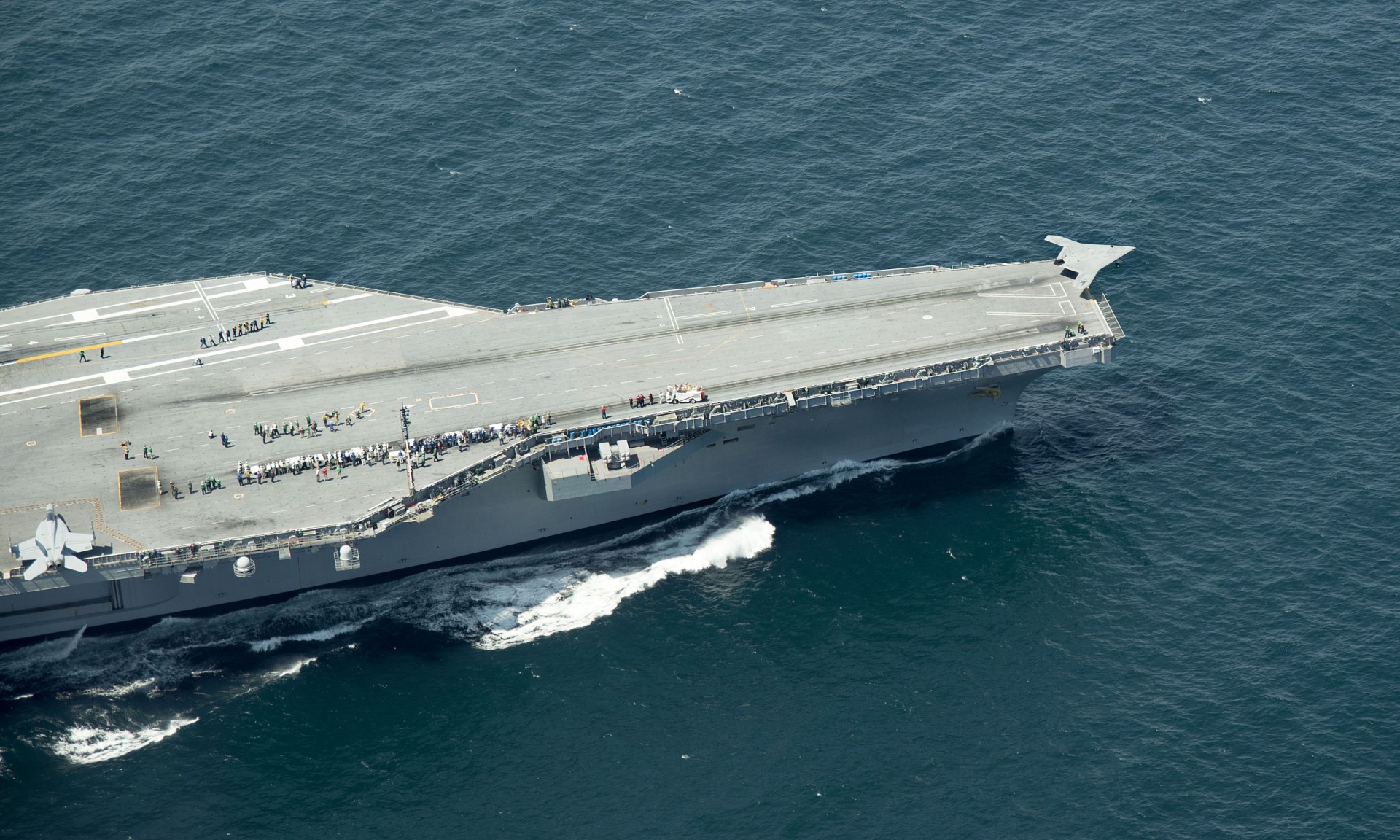The U.S. Navy’s FY17 budget request will transform the Unmanned Carrier Launched Airborne Surveillance and Strike (UCLASS) system into an unmanned aerial tanker, a far cry from the stealthy strike aircraft Congress has been pushing for.
The move is part of a broader effort to mitigate a looming fighter shortfall that also involves extending production of F/A-18E/F Super Hornets and buying additional F-35C Joint Strike Fighters.
The Navy envisioned a UCLASS system that prioritized intelligence, surveillance, and reconnaissance, but many lawmakers felt the program should provide the Navy with an unmanned system capable of operating in hostile anti-access/area denial (A2/AD) environments. UCLASS was rolled into a broader ISR analysis, and the FY16 budget delayed the program to allow for a complete review of the program’s requirements. It appears, however, that both ISR and strike lost out in favor of refueling.
The driving factor behind the decision is a need for more fighters. Navy Super Hornets conduct tanking missions for deployed air wings, so fielding a new unmanned tanker would free up those aircraft for other operations. The big question is whether Congress will go along with the decision. The FY16 defense authorization bill included an additional $350 million for the UCLASS program, with the directive that the secretary of defense use the funds to conduct competitive air vehicle risk-reduction activities that would lead to the fielding of “penetrating, air-refuelable UCLASS air vehicles capable of performing a broad range of missions in a non-permissive environment.”
The FY17 budget will also accelerate F-35C procurement, and integrating more stealth aircraft into the fleet could help alleviate concerns on the Hill about the change of course for UCLASS. According to media reports, the Navy will request funding for 15 F-35Cs in FY17, up from four under the previous budget plan.
The Navy also wants additional Super Hornets, but it appears those aircraft will not appear until FY18. Reports indicate the Navy will seek 14 aircraft in its FY18 budget, but it is possible some aircraft could make it into the service’s unfunded priorities wish list for FY17.










